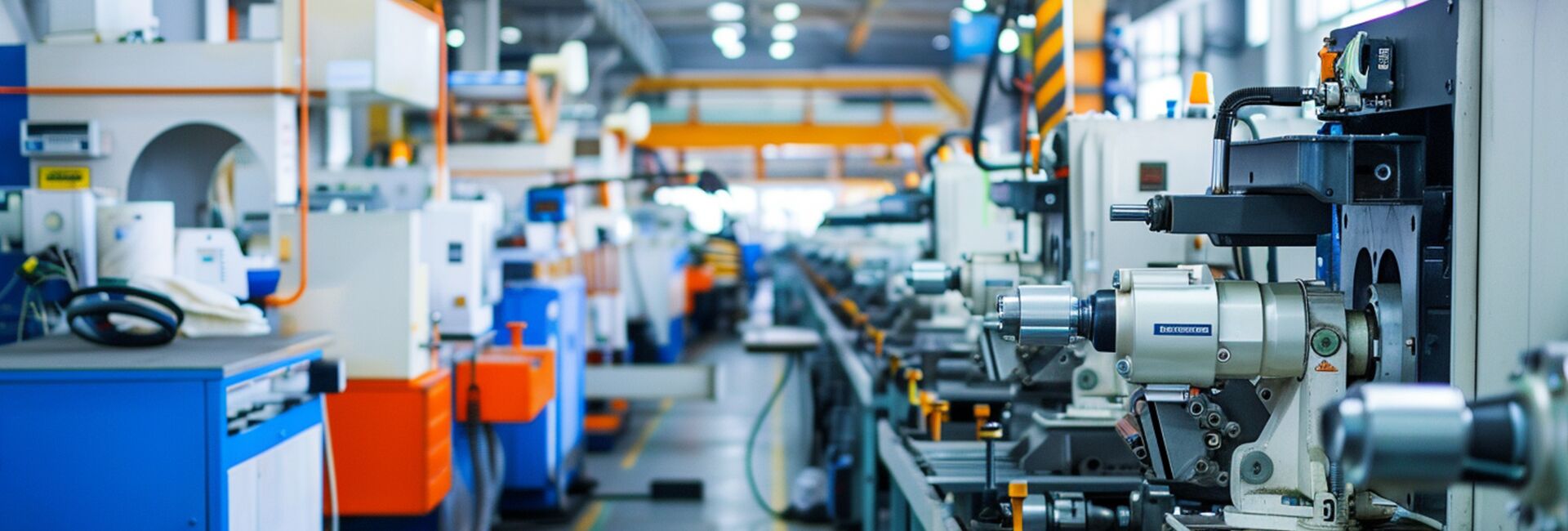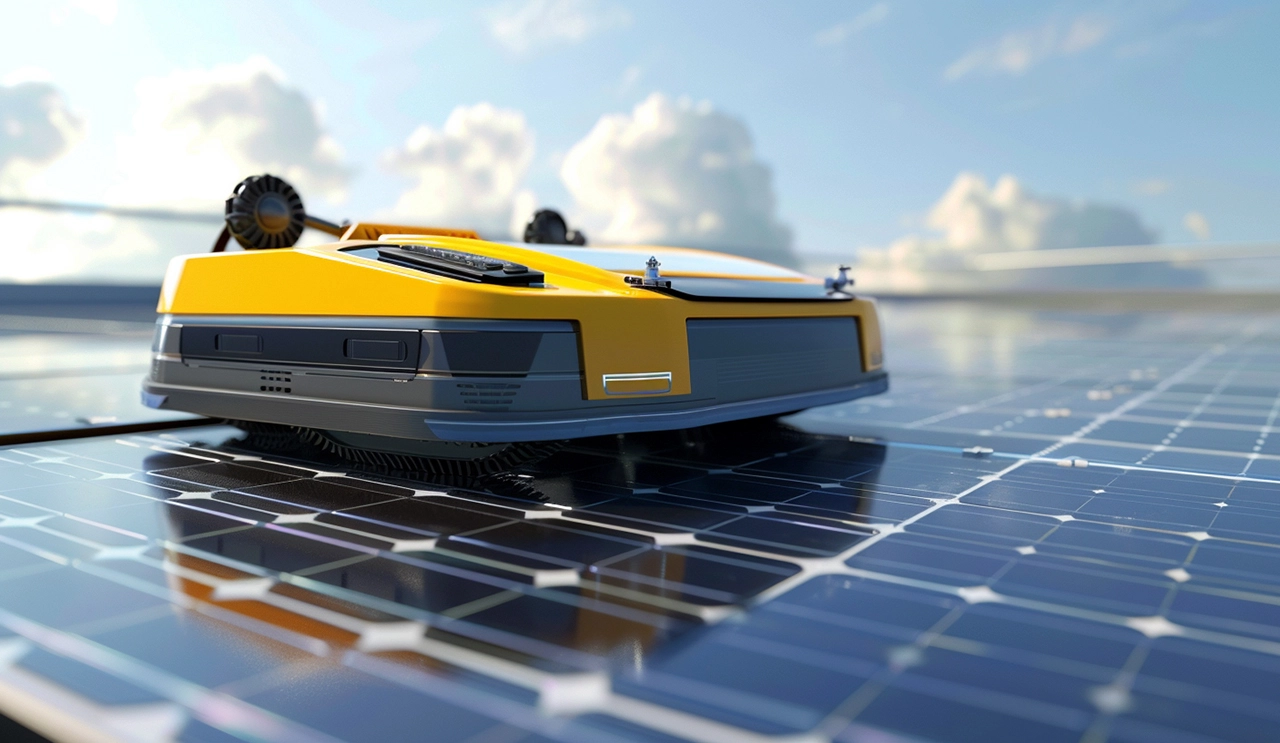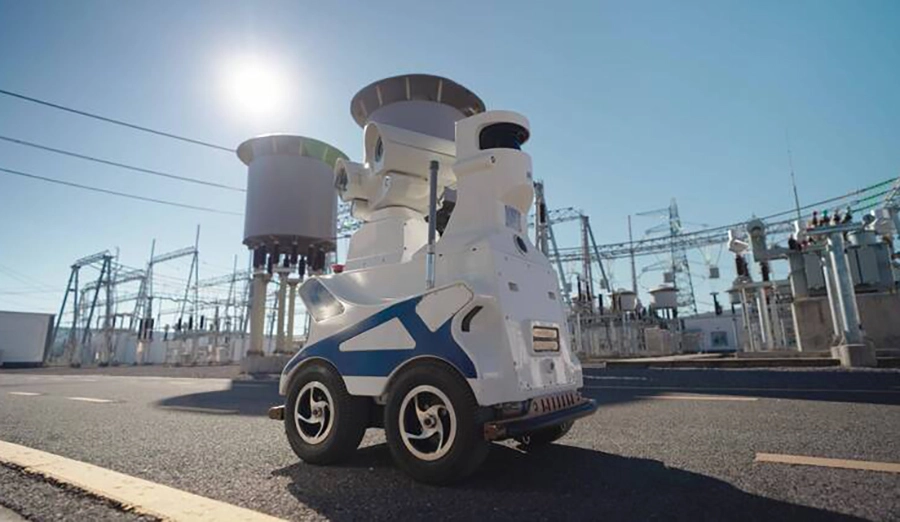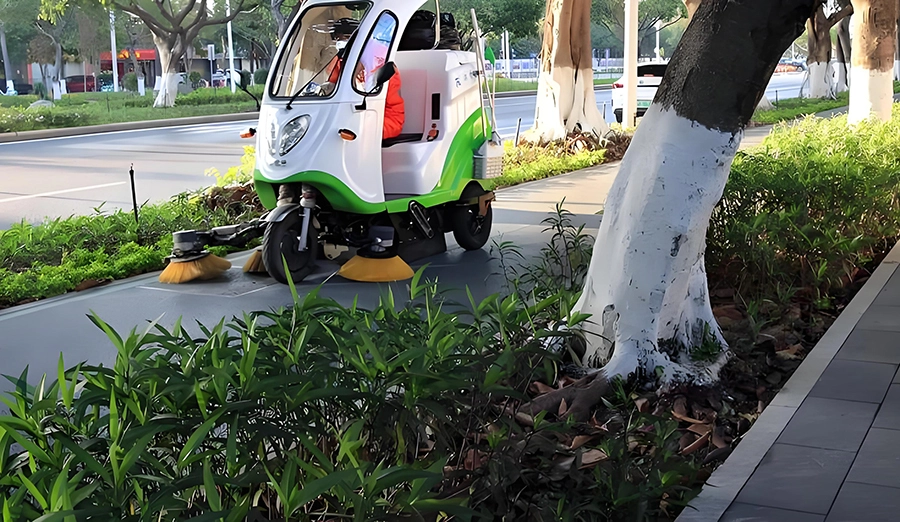
WIRELESS CHARGING IN THE NEWS
The application of wireless charging technology in the field of robotics is developing rapidly, providing innovative solutions to solve the pain points of traditional charging methods. By getting rid of cables, increasing automation, and optimizing energy management, this technology is reshaping how robots work and adapt to scenarios. The following is an analysis of its core values from five dimensions.
First, break through physical limitations and reconstruct energy supply methods
Traditional contact charging relies on precision connectors, and dust and oil pollution in industrial scenarios can easily lead to contact oxidation failure. Tesla's humanoid robot Optimus uses magnetic resonance wireless charging to reduce the failure rate of charging contacts by 87%. The subsea robot achieves energy supply through underwater wireless charging station, avoiding the leakage risk of traditional wet plug. After the agricultural robot is equipped with wireless charging module, it can still charge stably in the field mud environment, and the reliability of the equipment is significantly improved.
Second, build a fully automatic energy network
In the warehousing and logistics scenario, the Ji Zhijia robot navigates to the charging area autonomously and completes the recharge within 90 seconds using 10kW wireless charging pile, which is 3 times more efficient than the traditional charging. Boston Dynamics' Spot robot dog can use the wireless charging tiles on the floor of the corridor to achieve fragmented recharge during the inspection of the nuclear power plant, and the effective working time is extended by 65% in a single day. This non-inductive charging mode enables the robot to get rid of manual intervention and truly achieve 24-hour continuous operation.
Create a dynamic energy ecosystem
In the field of medical robots, the Da Vinci surgical system continuously obtains electricity during surgery through a directional wireless power supply device on the top of the operating room, eliminating the risk of traditional battery power failure. During disaster relief, the UAV cluster can form a dynamic energy network through the wireless charging base station suspended in the air, and the single battery life exceeds 8 hours. This distributed energy architecture enables the robot system to break through the single energy limit and form a more flexible task grouping.
4. Reconstruct the equipment operation and maintenance system
In the industrial scenario, the wireless charging robot arm launched by ABB reduces the annual maintenance cost by $12,000 per charging interface. After the service robot adopts the Qi standard wireless charging, the hardware iteration cycle is shortened by 40%, and different models of devices can share the charging infrastructure. This modular design drives industry standardization and reduces equipment lifecycle costs by 23%.
5. Expand the boundaries of application scenarios
The wireless charging system in Perseverance, which is equipped with the Mars exploration rover, maintains a 94 percent charging efficiency in an extreme cold environment of 80 ° C, far exceeding the conventional solution. Construction robots operate continuously during construction through wireless power modules embedded in concrete. These breakthroughs allow robots to penetrate into extreme environments such as the polar regions and space, expanding the boundaries of human exploration.
With the development of GaN semiconductor materials and intelligent power control algorithms, the wireless charging efficiency has exceeded 92% and the transmission distance has been extended to 1.5 meters. In the future, the combination of spatial positioning and energy beamforming technology may achieve continuous power supply during robot movement. This innovation in energy supply is promoting the evolution of robots to a more autonomous and intelligent direction, opening a new era of man-machine collaboration.







